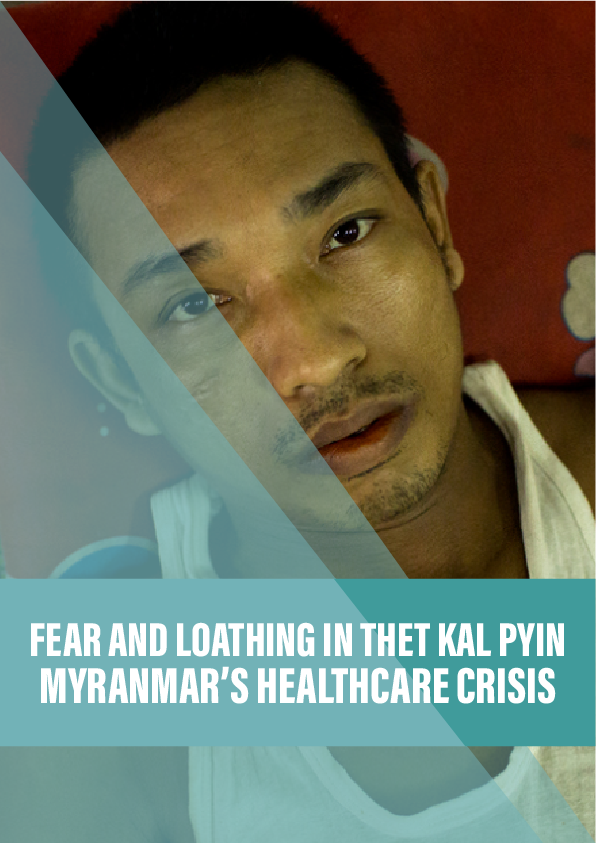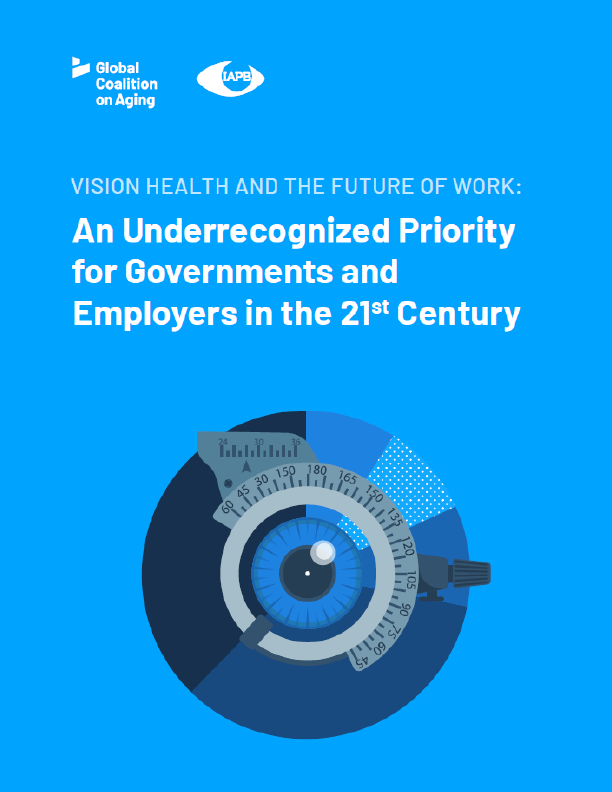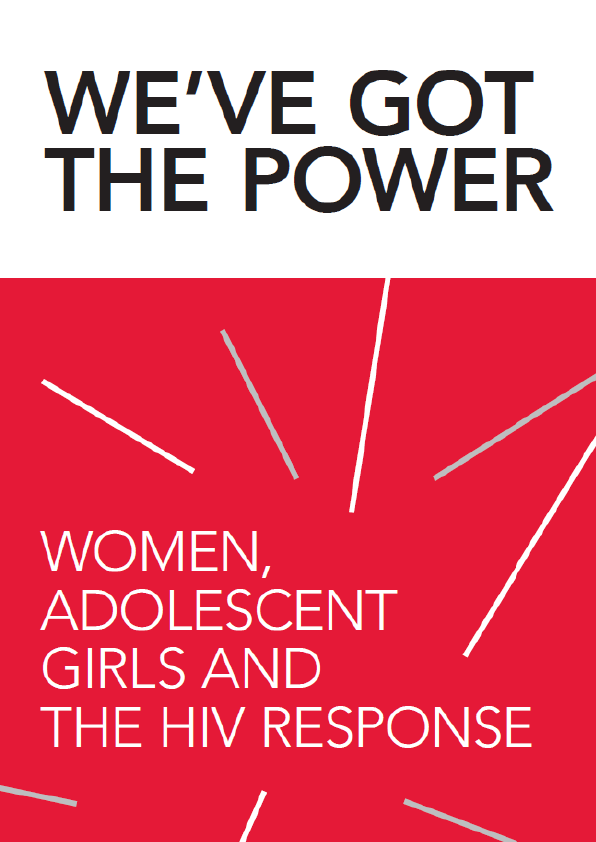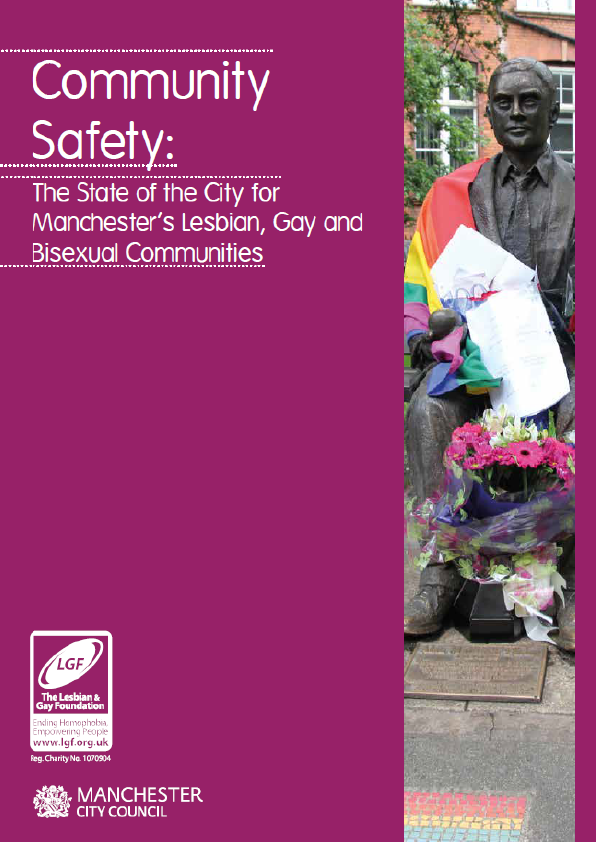As Myanmar prepares for a historic election on 8 November 2015, its leadership is rolling out plans for dramatic health sector reforms. But there are enormous obstacles, including the legacy of war and a rising threat of drug-resistant infectious diseases in restive border areas. Mike Ives reports.
Two speakers send the Islamic call to prayer sailing across Thet Kal Pyin, a refugee camp less than 100 km from Myanmar’s border with Bangladesh. The call wafts over several neat rows of large, low-slung buildings with blue roofs. Several families live in each structure, and the camp is home to around 5,000 people. Most, if not all, belong to the Rohingya ethnic group, a persecuted Muslim minority.
In response to the prayer call, bearded men in sandals emerge into the gathering dusk. They file into a thatched pavilion that serves as their makeshift mosque. At its entrance, they wash their hands and remove their shoes. Then, as darkness falls, they crouch on wicker mats to pray.
Three years ago, the camp was created in the aftermath of deadly riots in the nearby port city of Sittwe. The violence resulted from a flare-up in long-running tensions between the Rohingya and the Rakhine, a Buddhist ethnic group. The Rakhine are an ethnic minority in Myanmar, where the Burmese are by far the dominant ethnic group. Yet they are dominant in Rakhine State, on Myanmar’s western coast, and many of them resent the Rohingya as intruders.
Human rights groups say that for decades, the Myanmar government has effectively refused to grant citizenship to more than one million Rohingya; it refers to them as ‘Bengali’ and has proposed citizenship rules that advocacy groups say have forced many Rohingya to leave the country. Rohingya suffered disproportionately in the violence of 2012, and about 140,000 of them were later relocated to the refugee camps (including Thet Kal Pyin) that now ring Sittwe’s rural outskirts.
Reference:
- The WHO’s Country Cooperation Strategy for Myanmar 2014–2018 presents a useful analysis of the current health situation in the country.
- Tun KM et al. Lancet Infect Dis 15: 415–21 (2015) Spread of artemisinin-resistant Plasmodium falciparum in Myanmar. This study showed that artemisinin resistance extends across much of Myanmar, including regions bordering India. The Wellcome Trust, the publisher of Mosaic, was a co-funder of this work.











